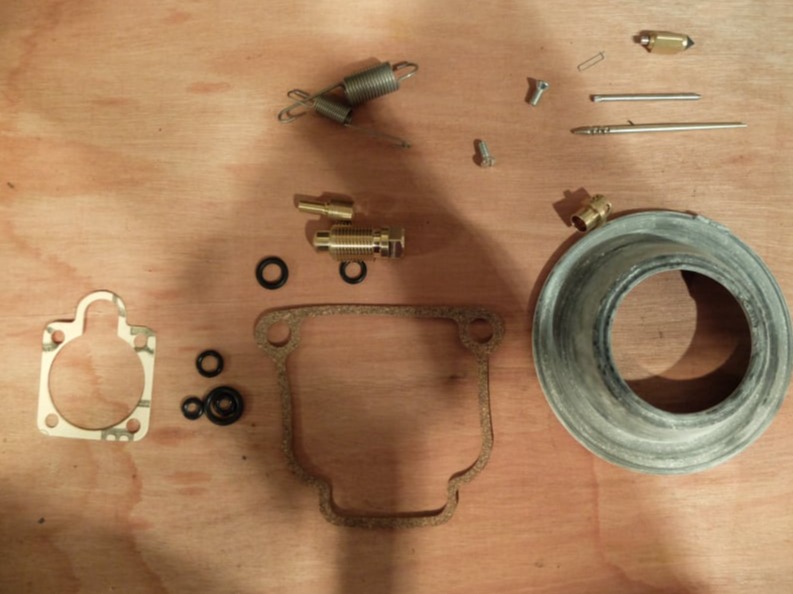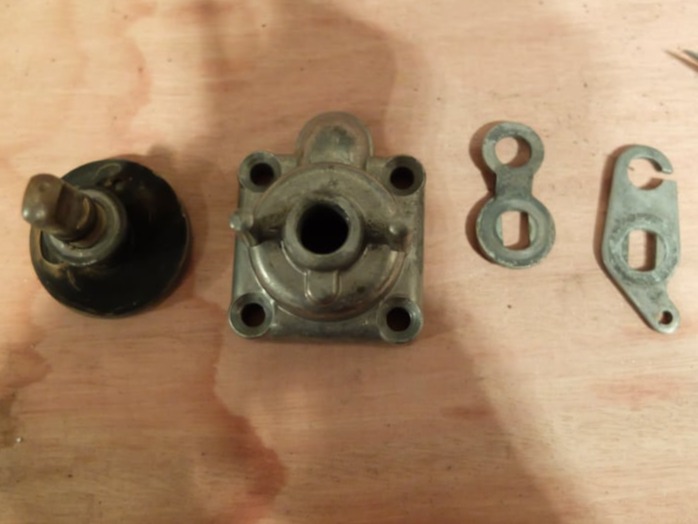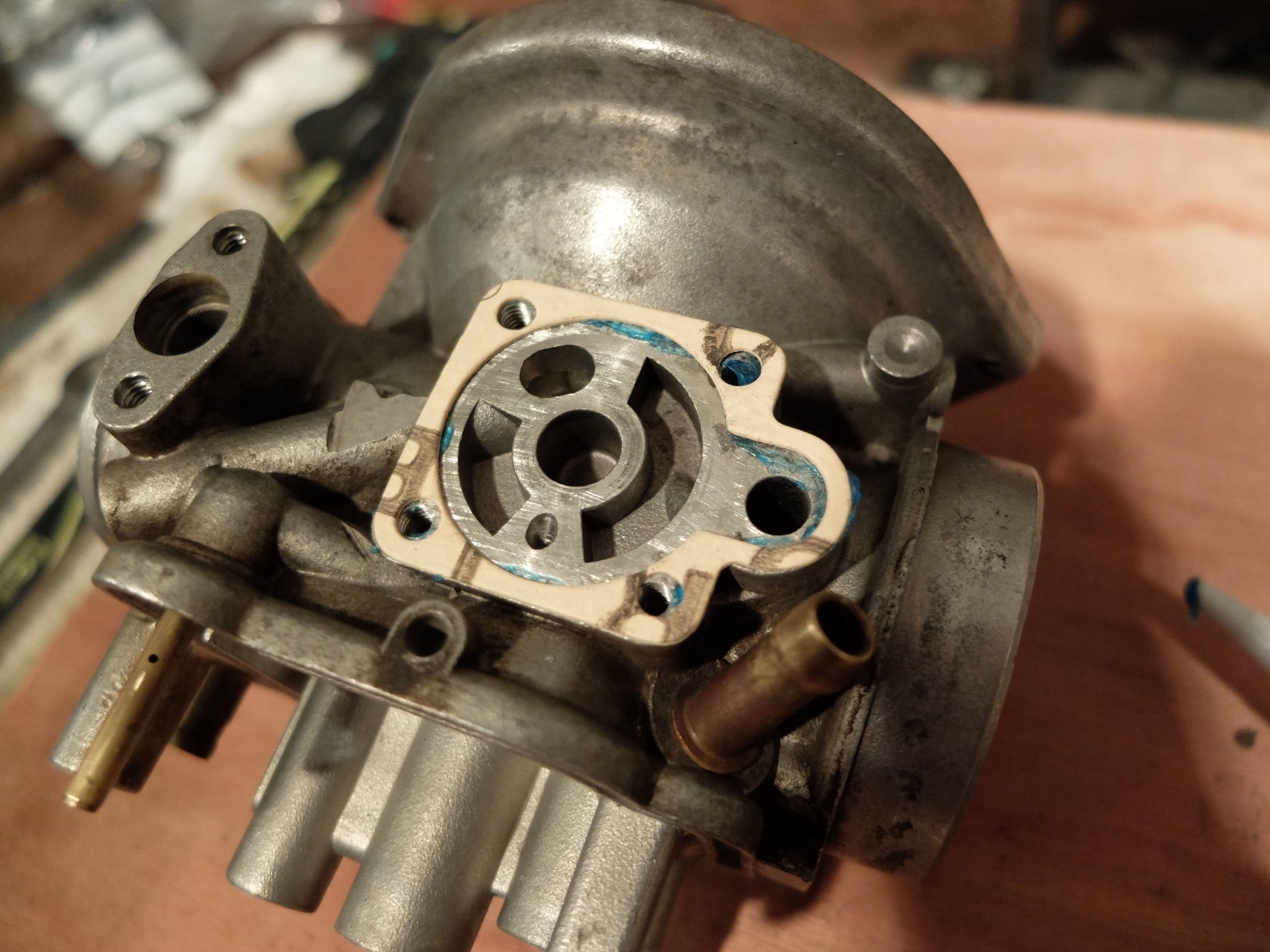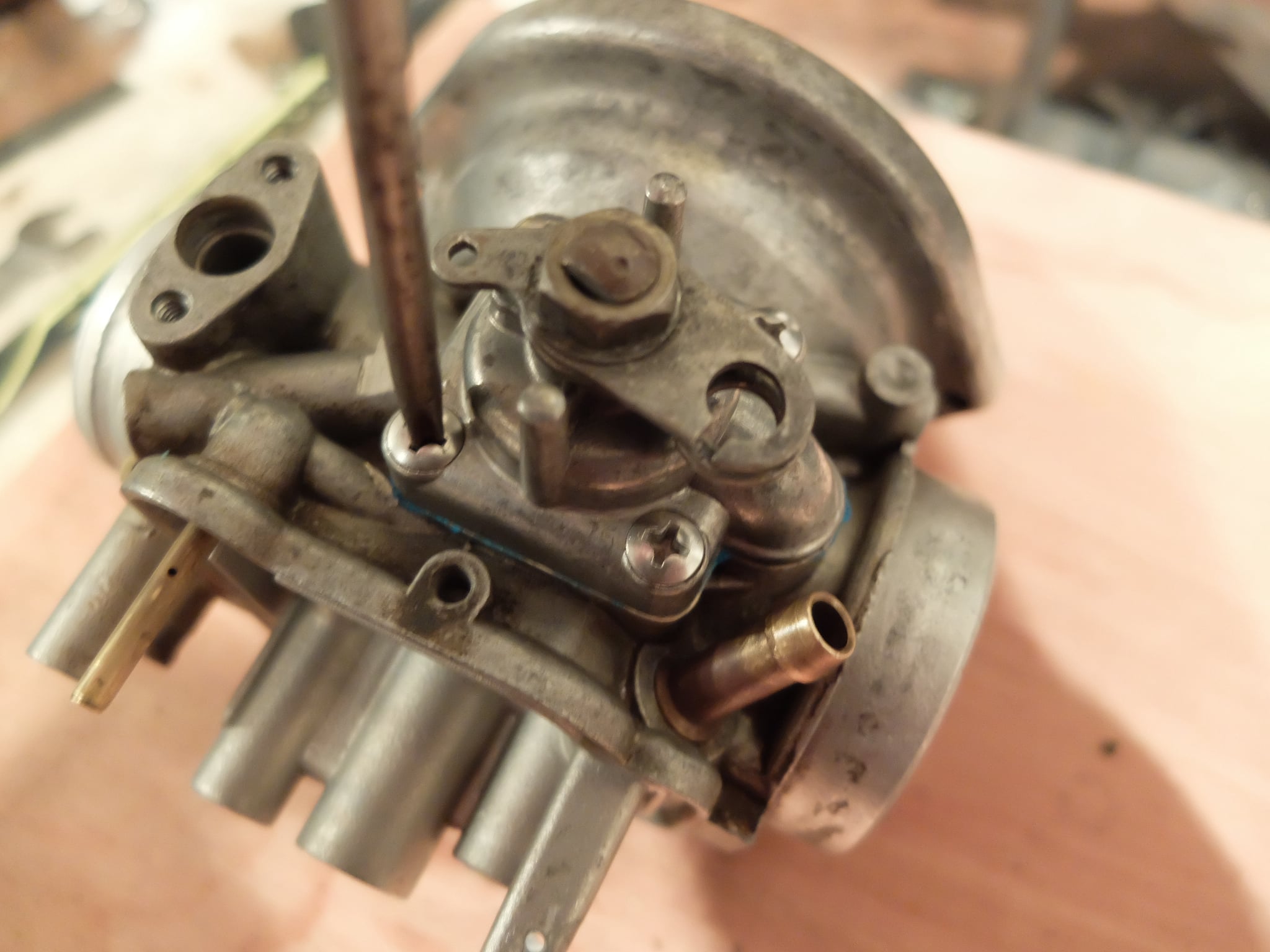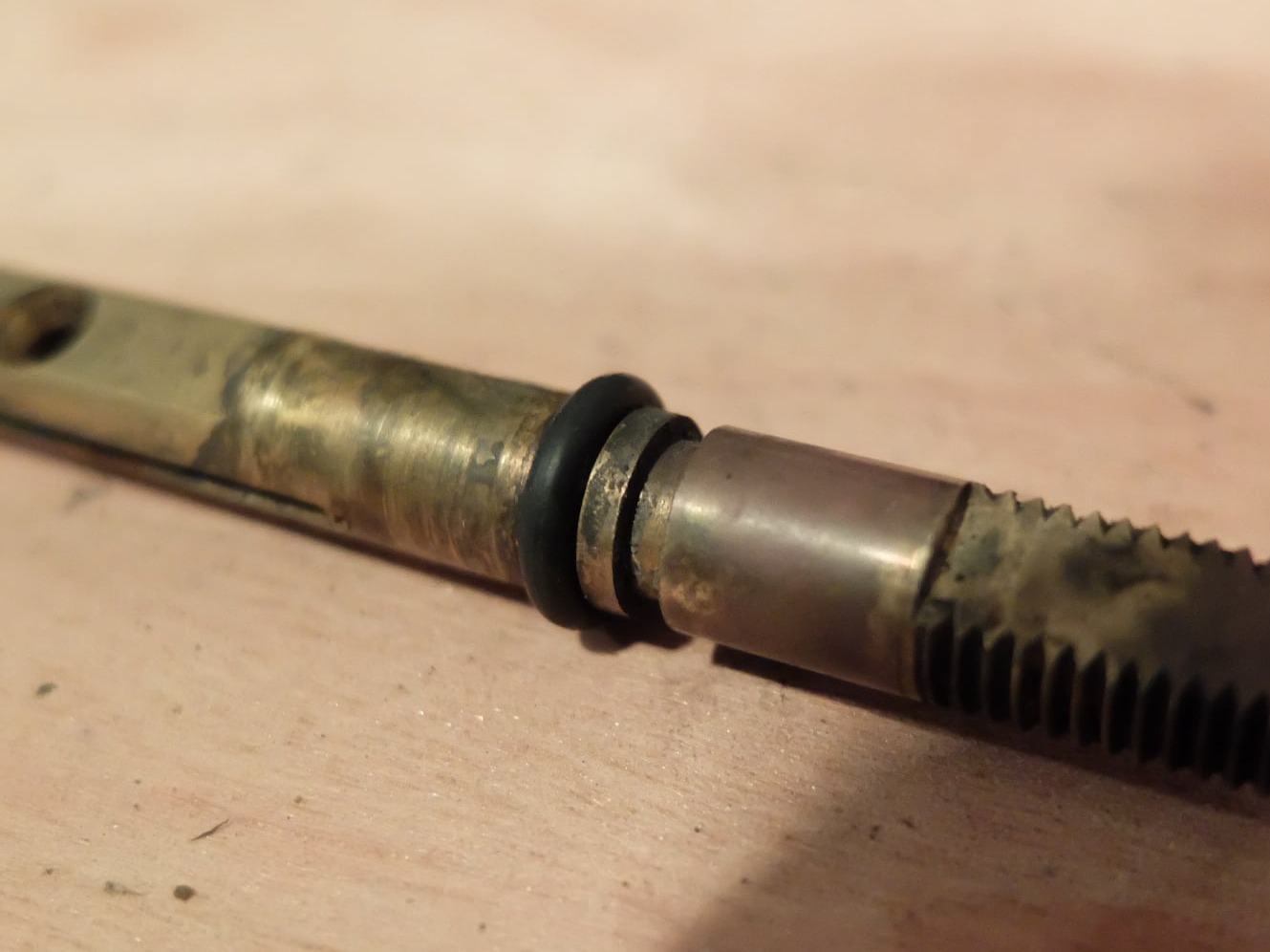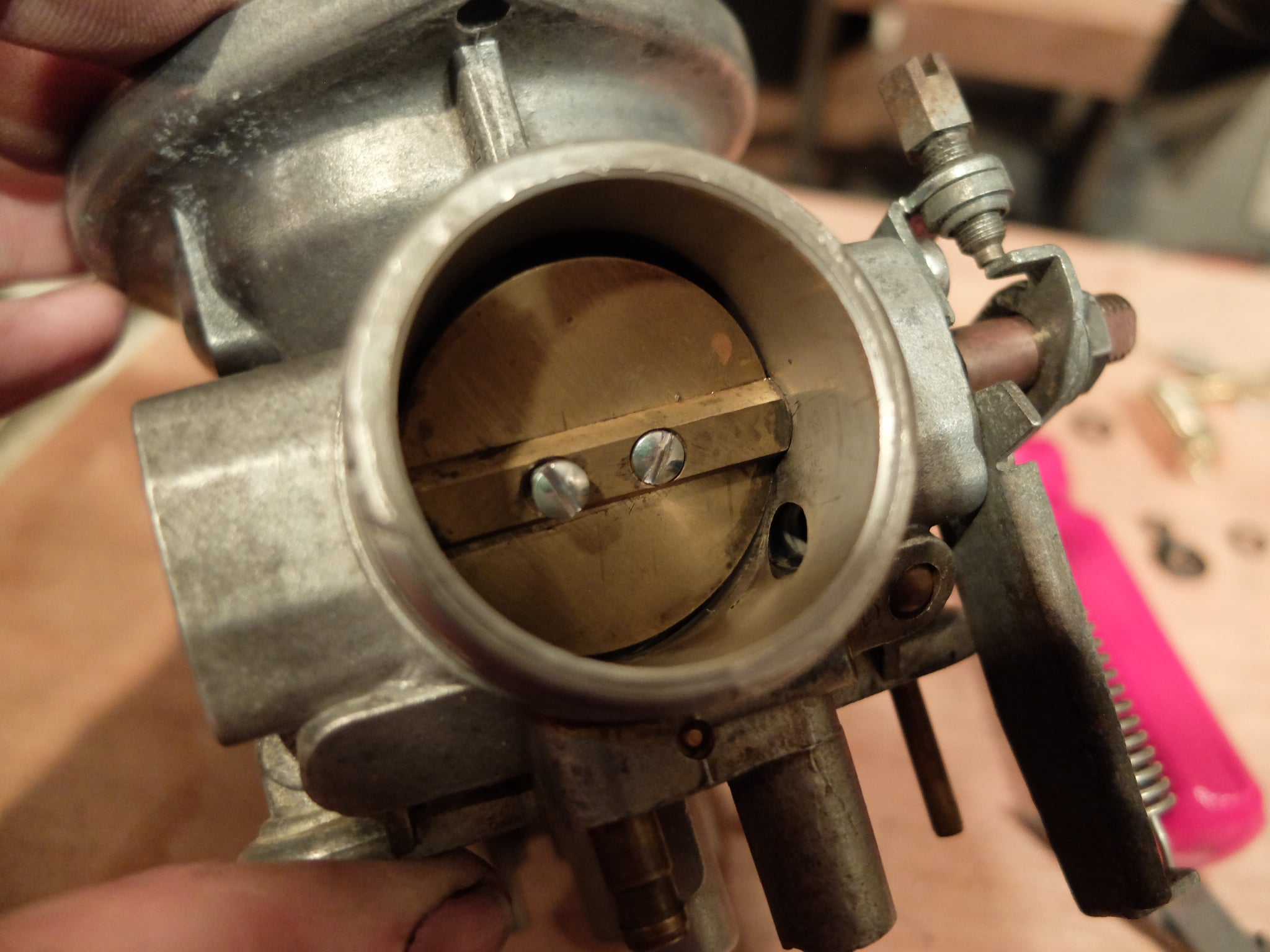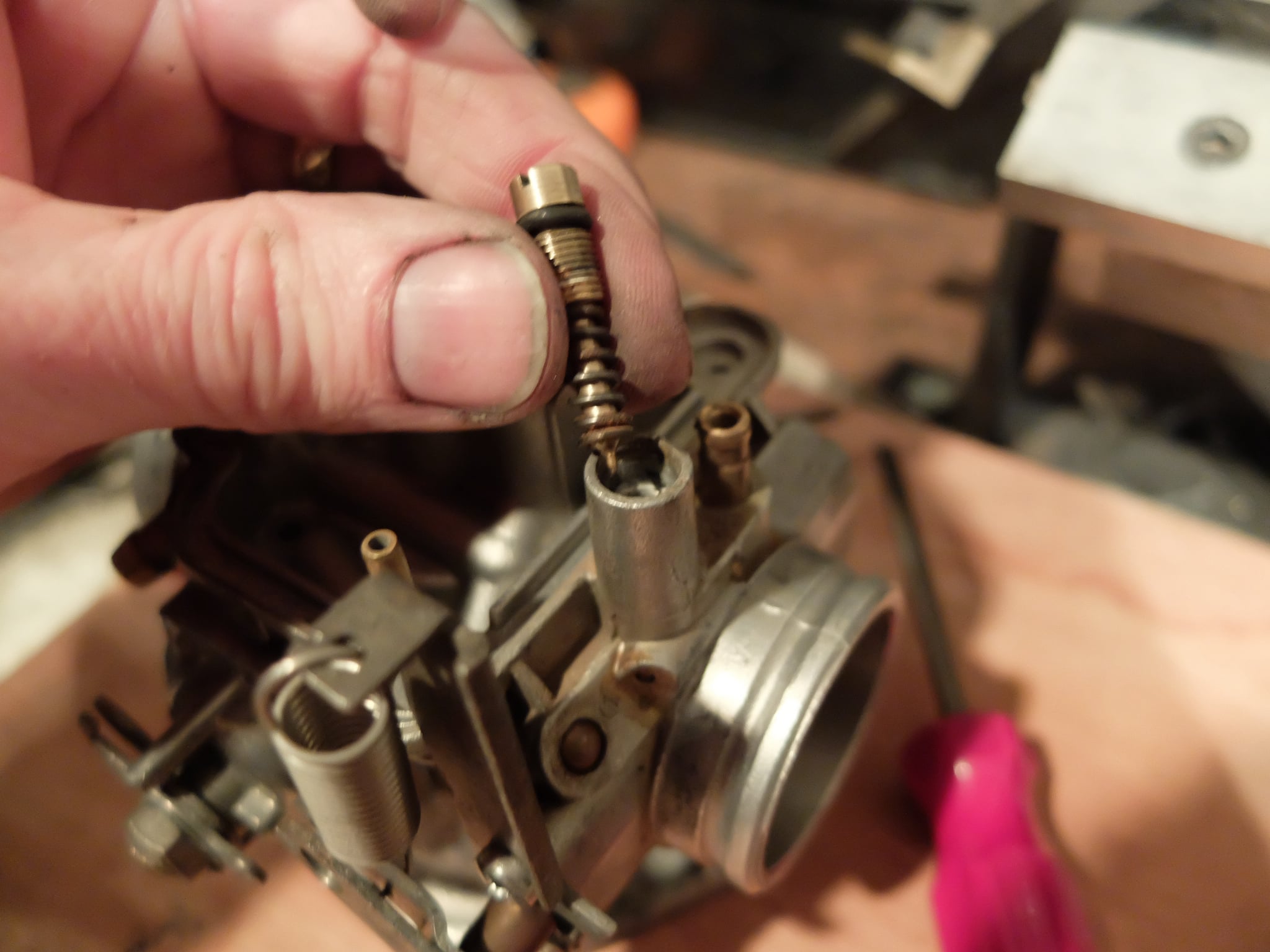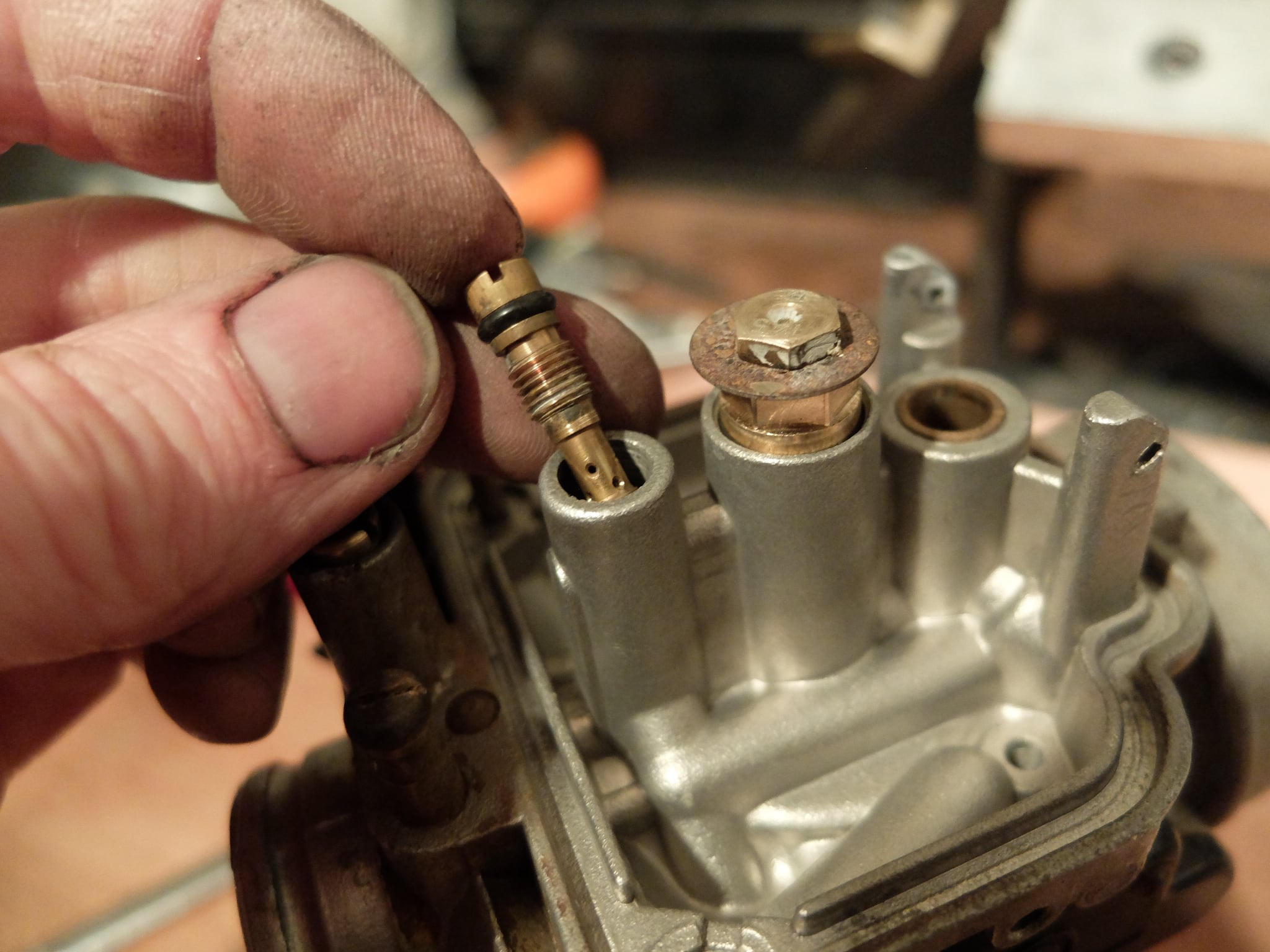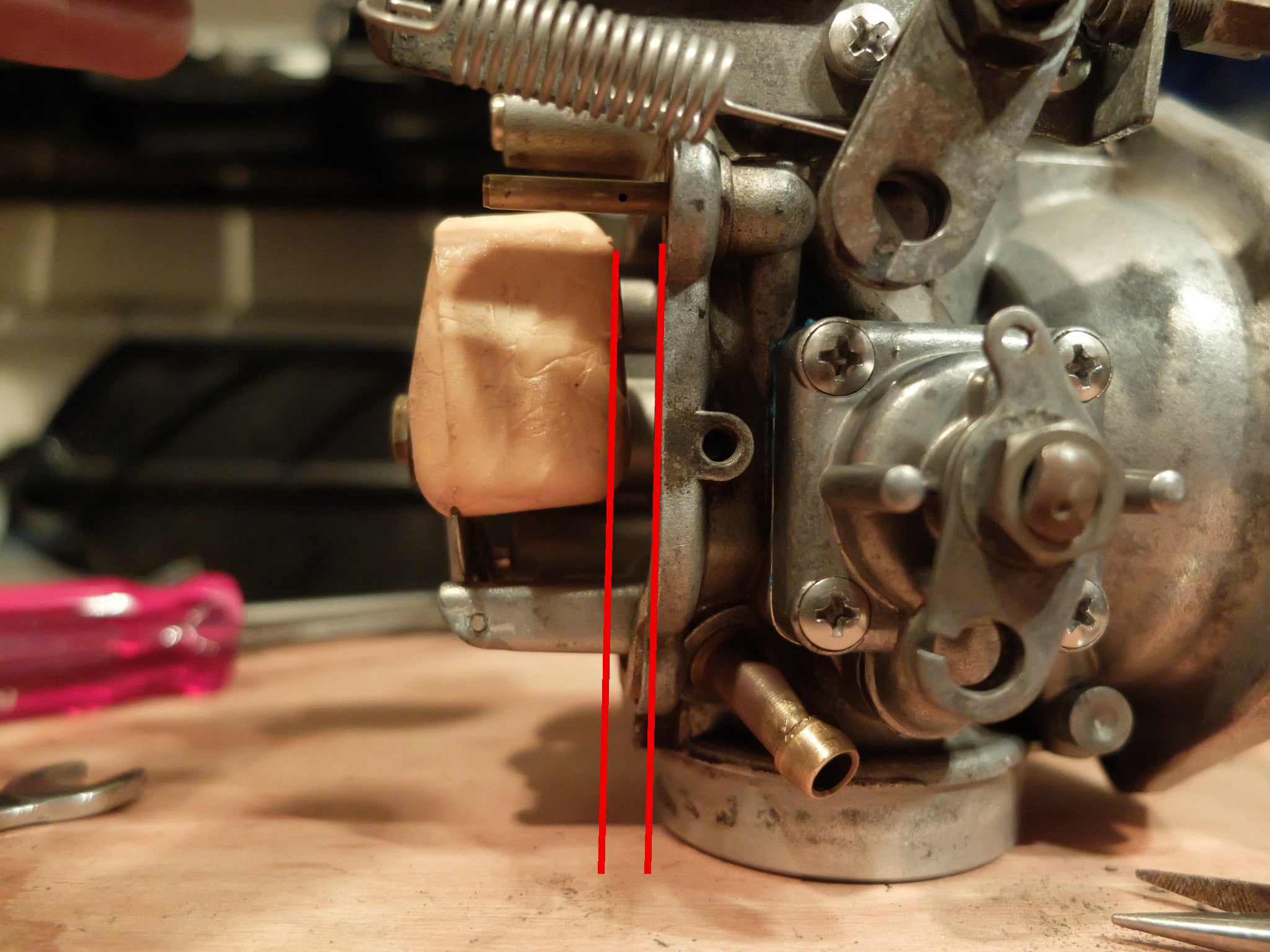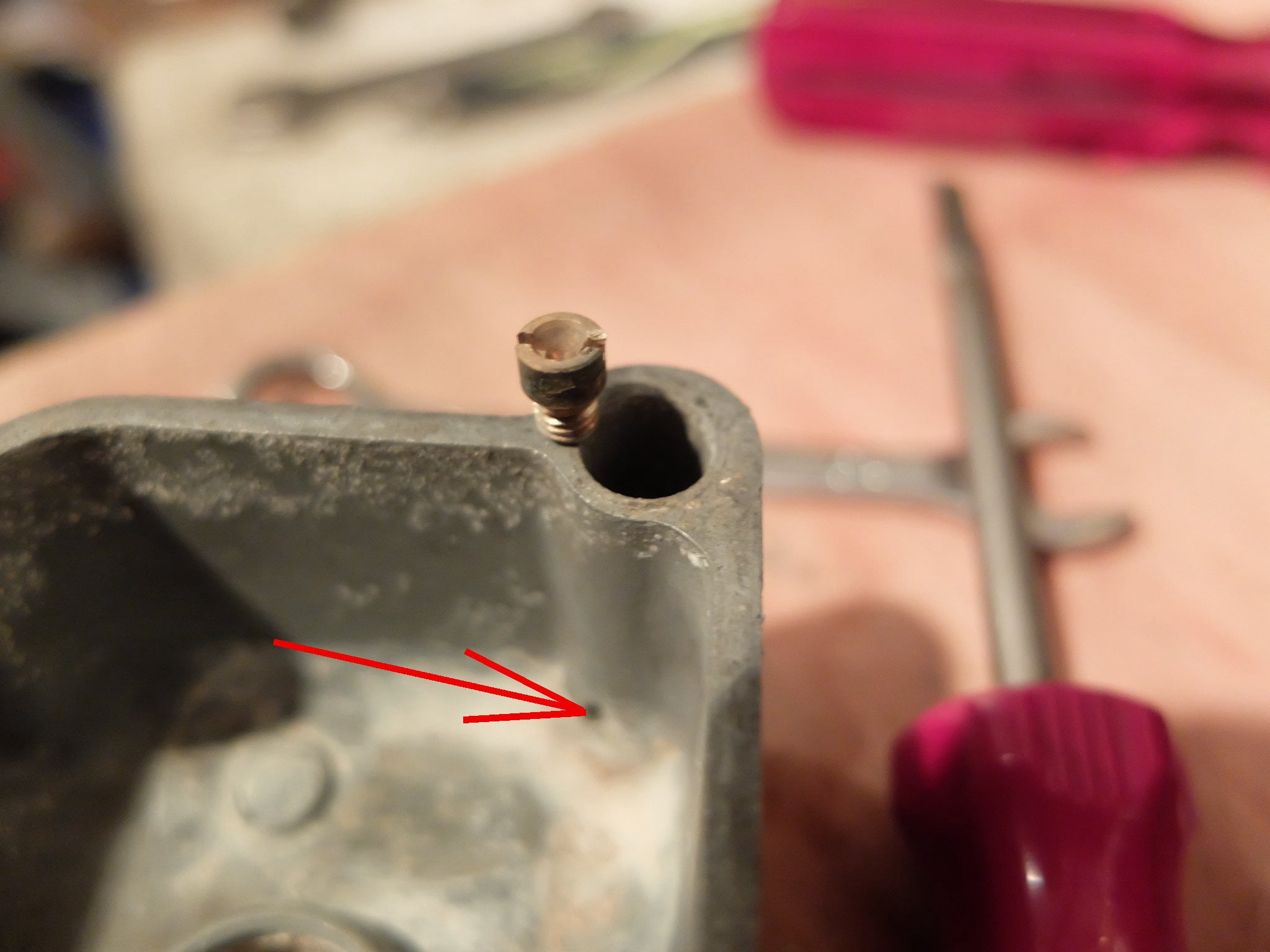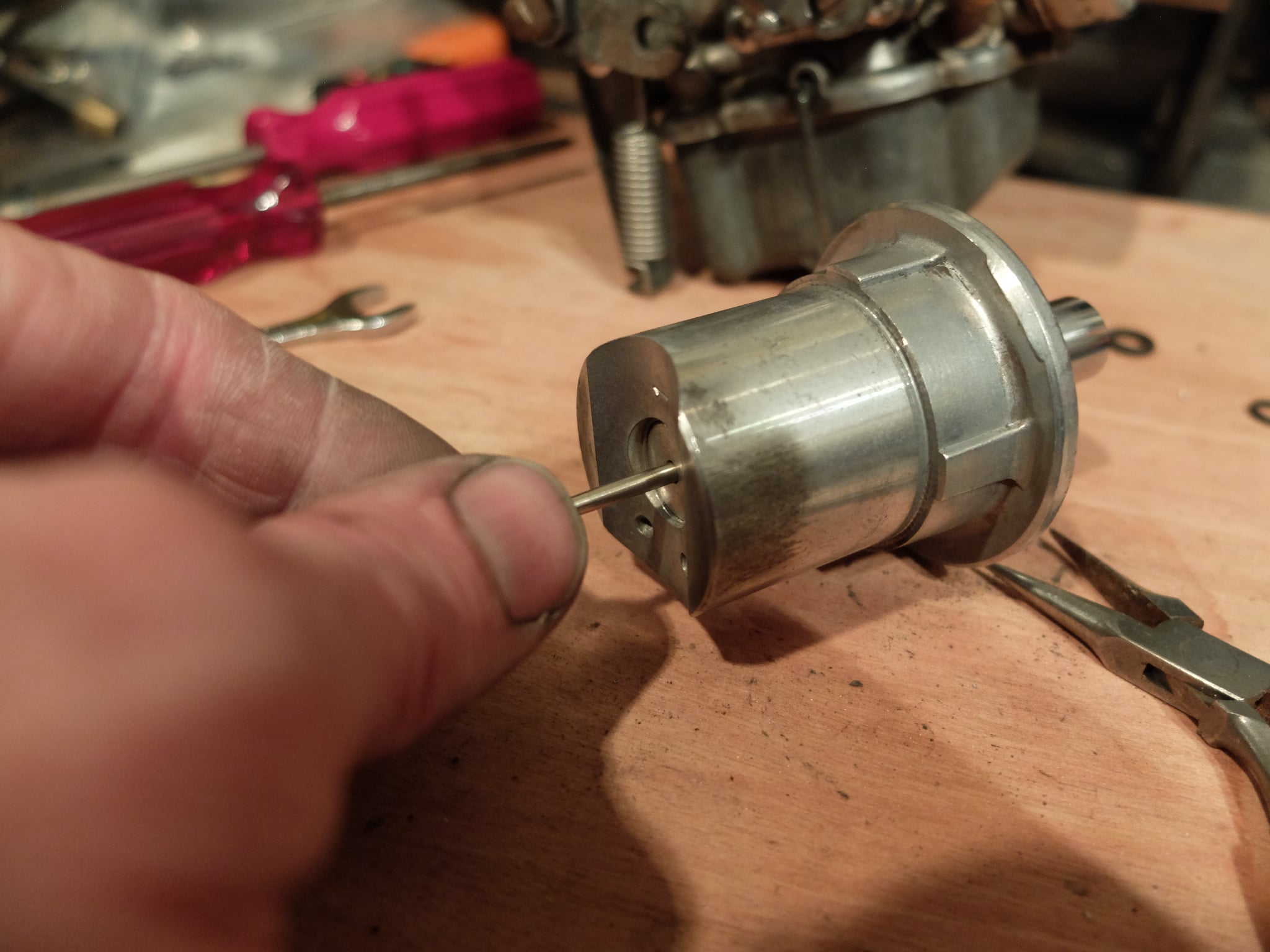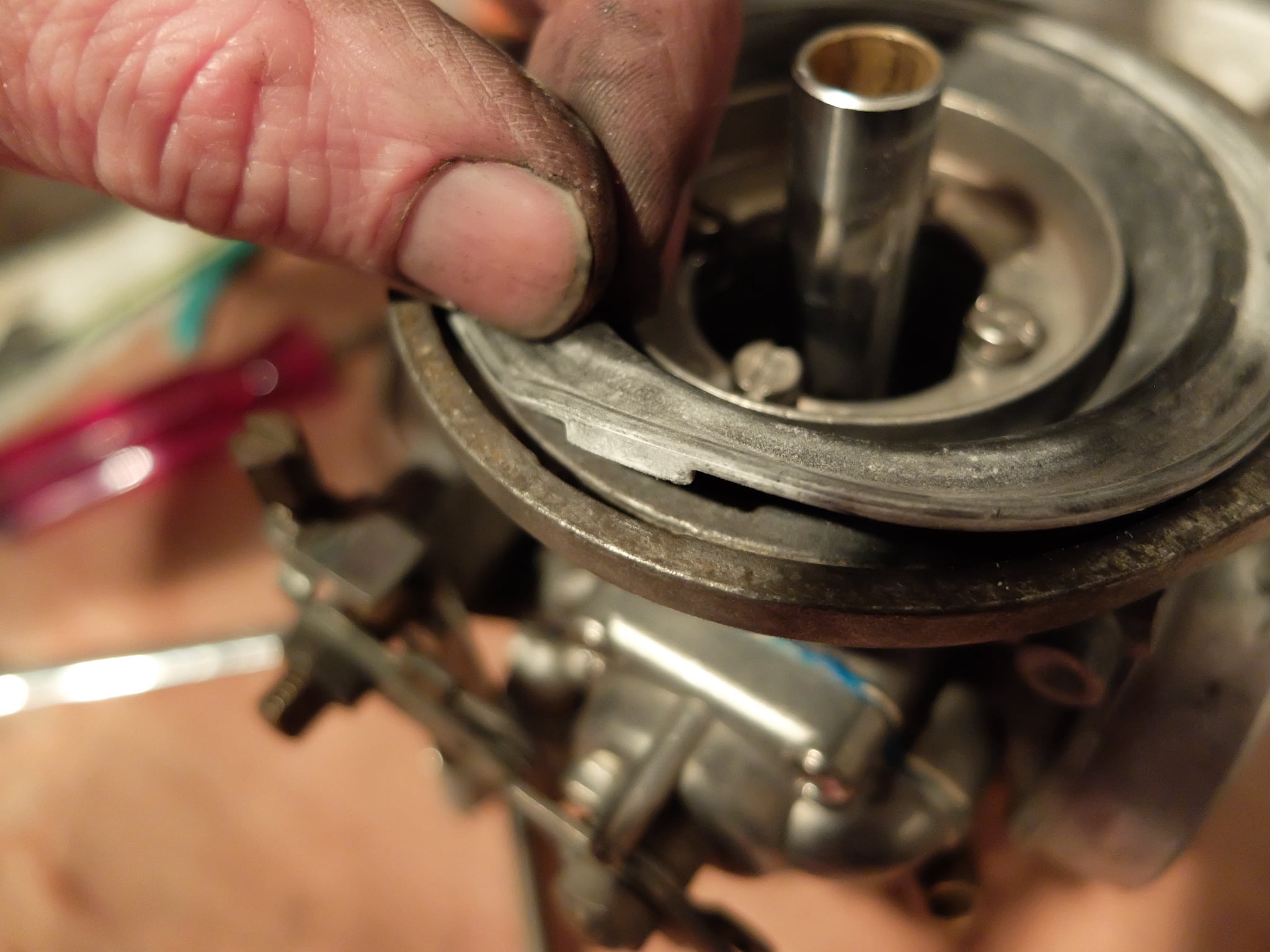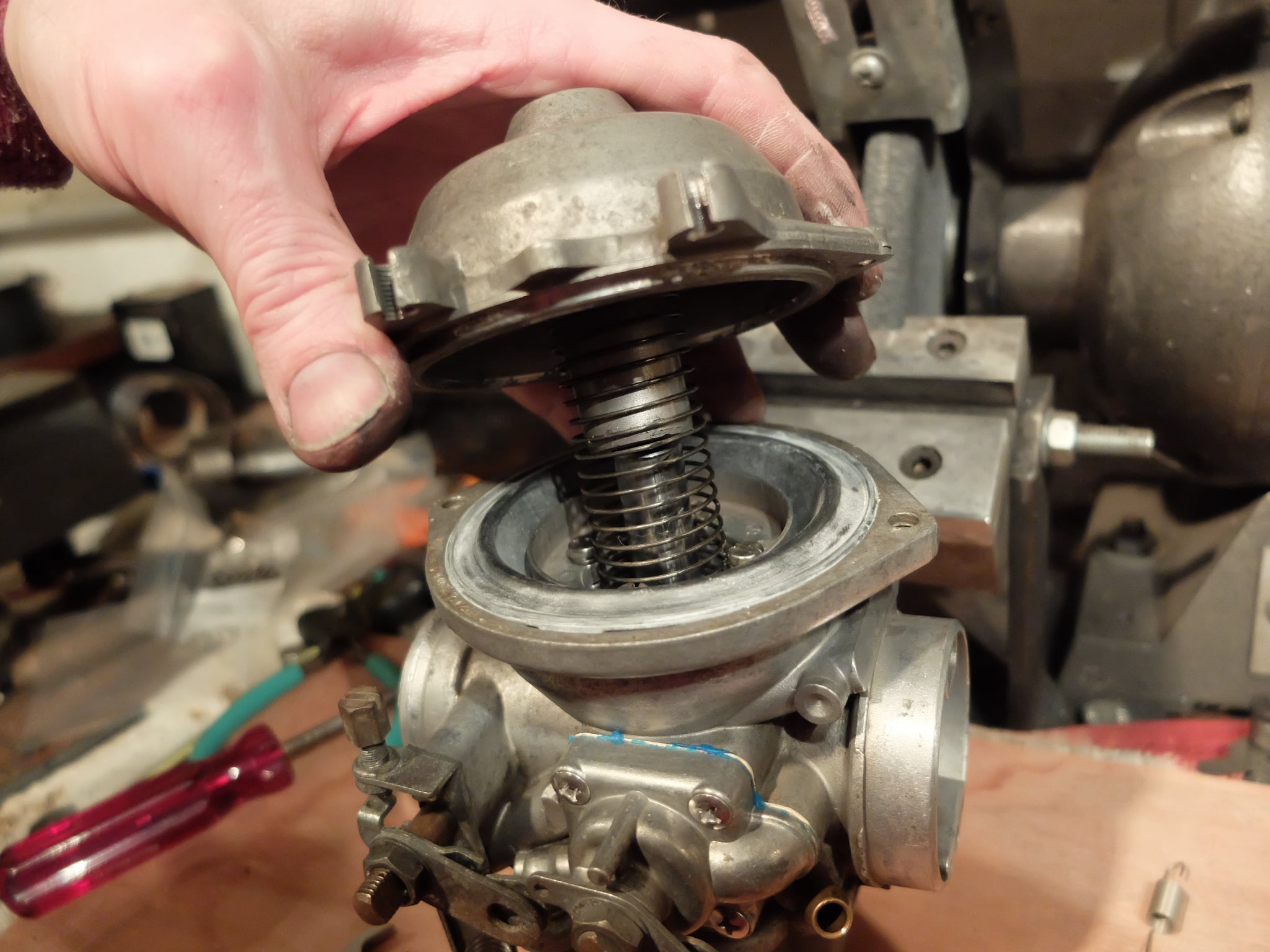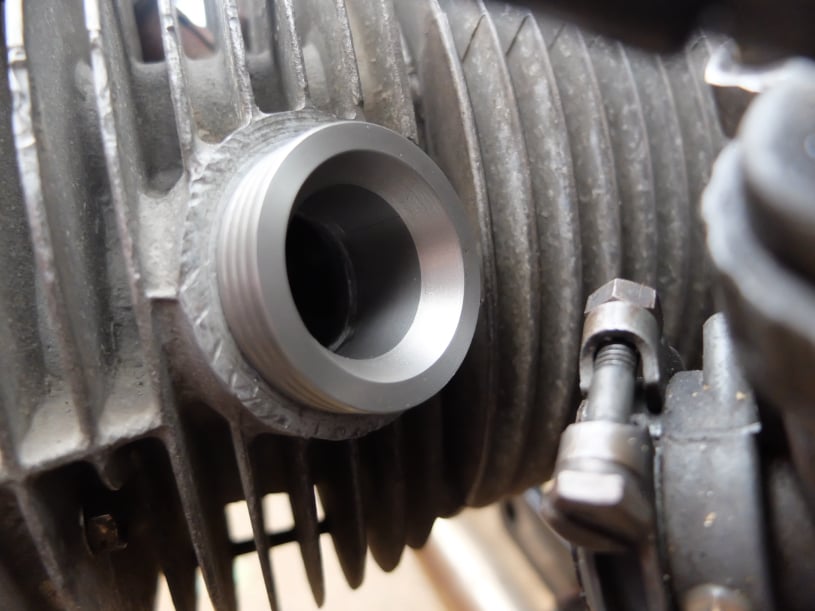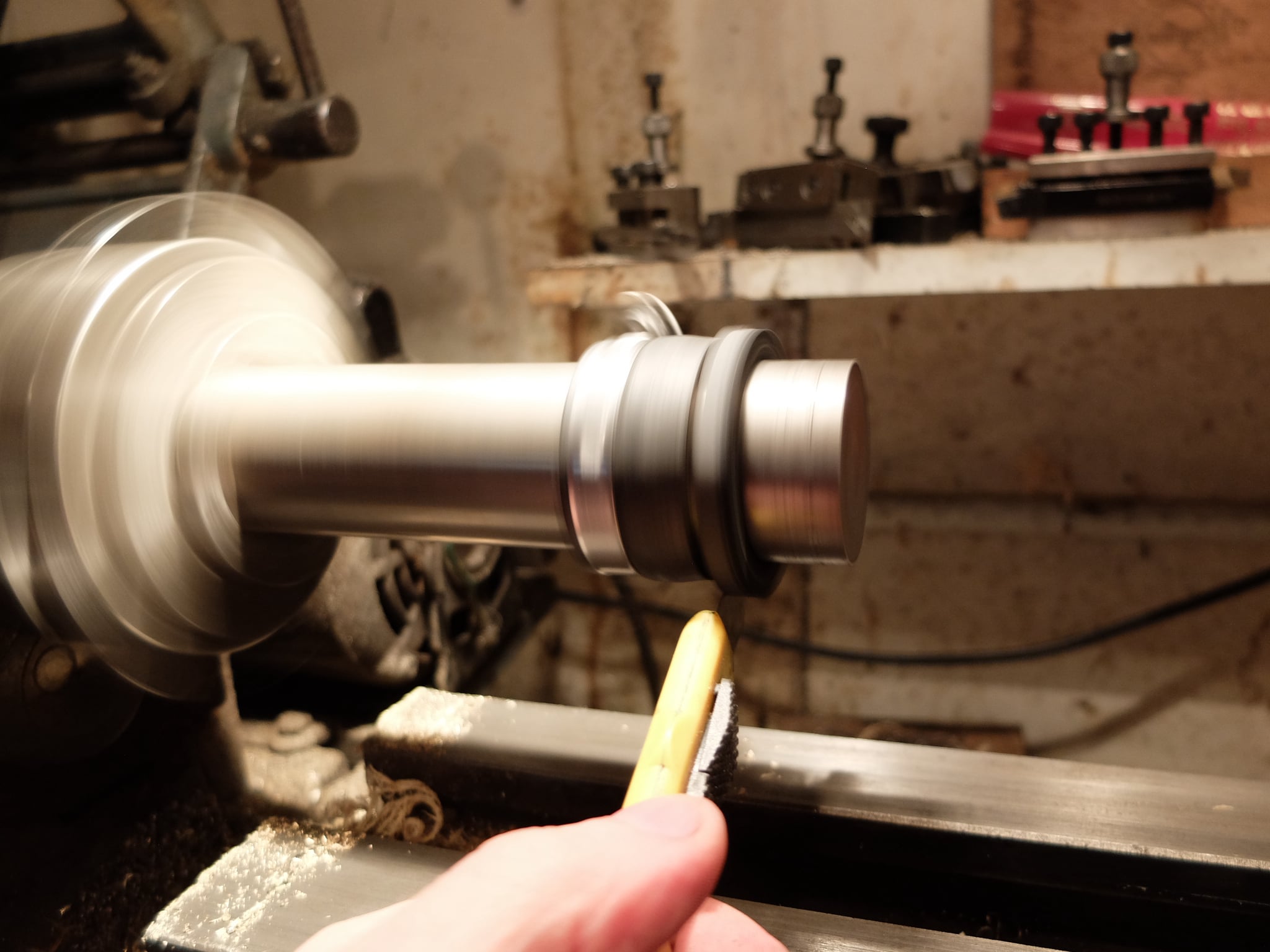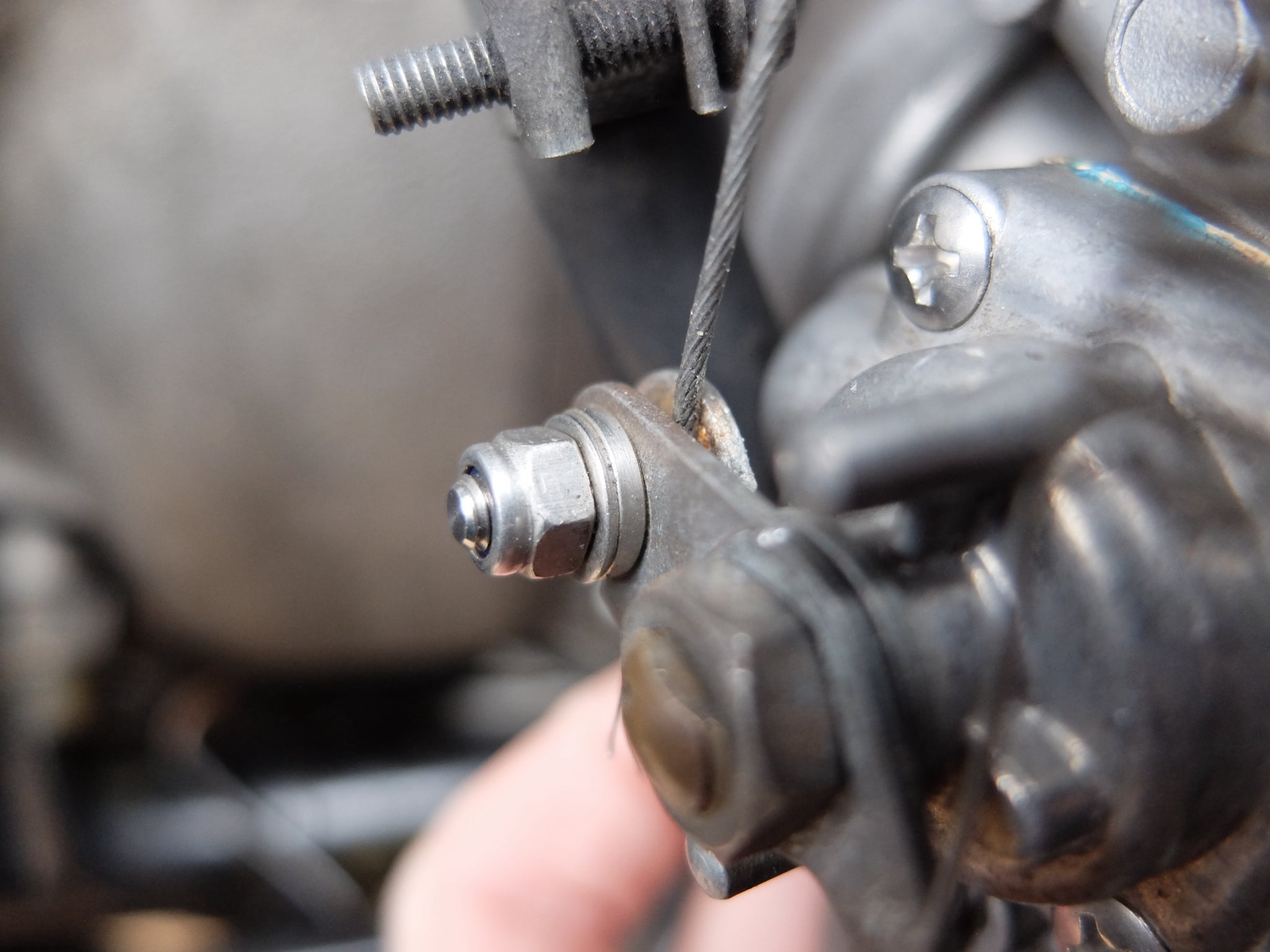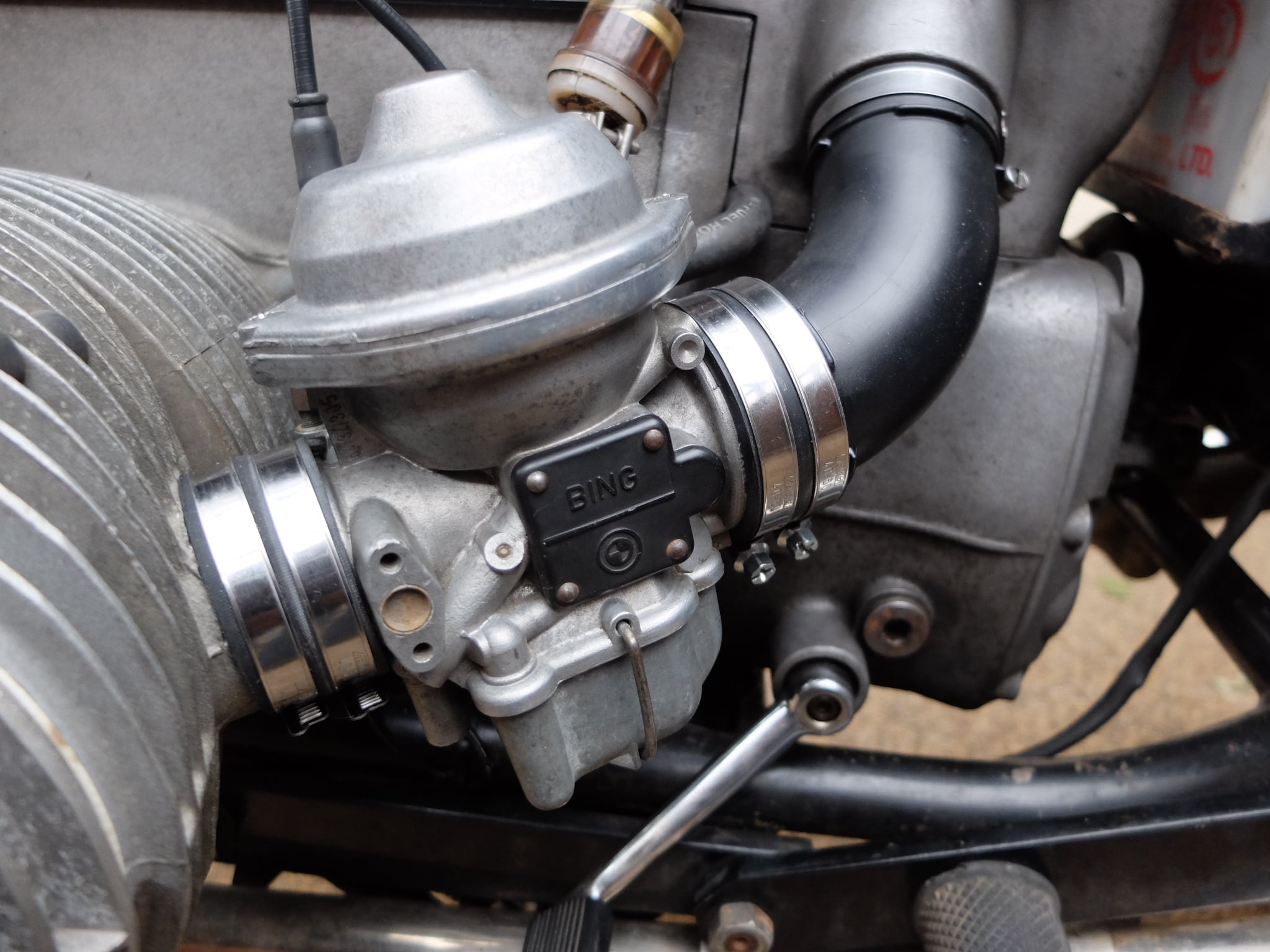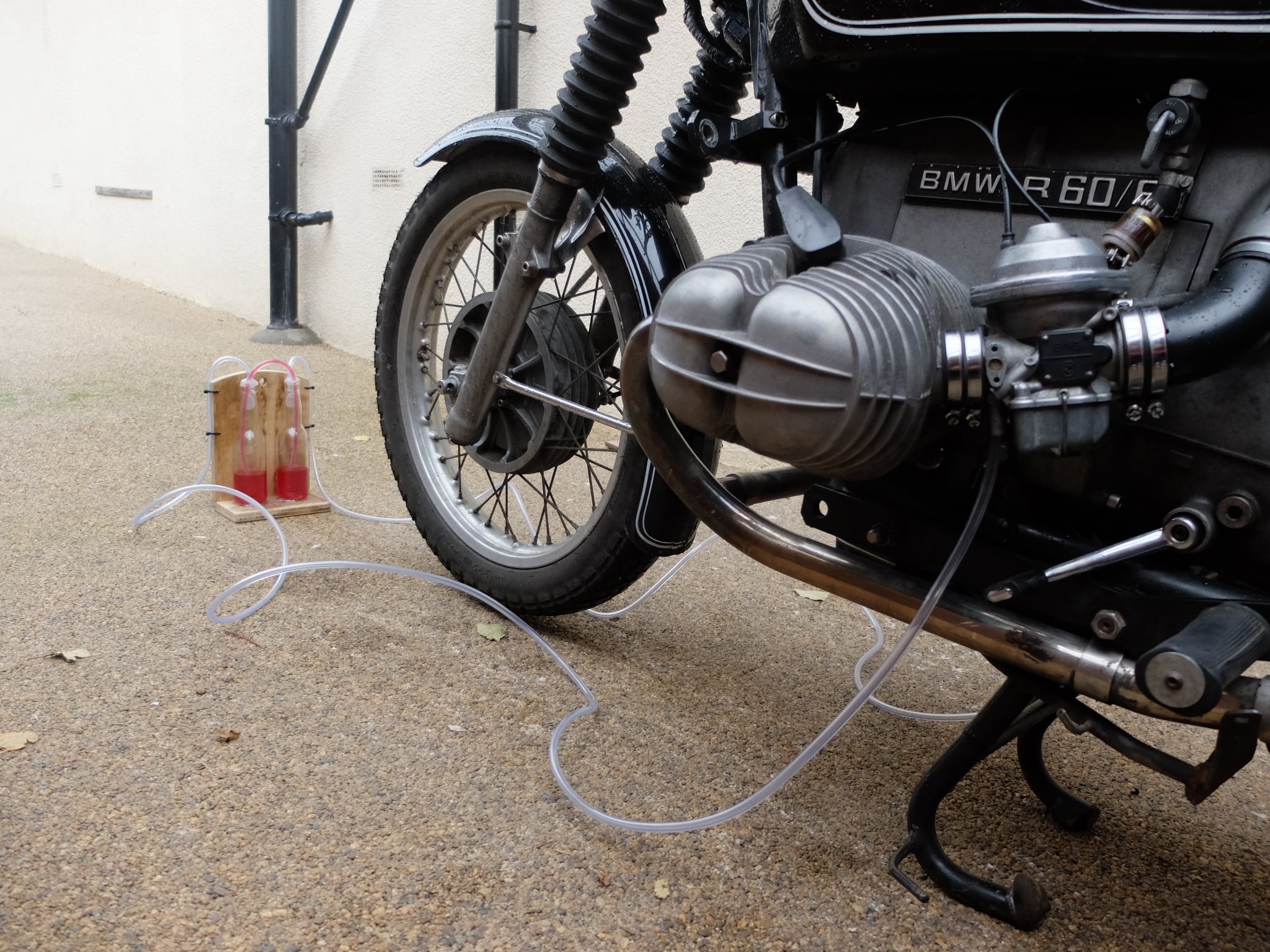
Converting the R60/6 to CV carburetors
As standard the R60/6 bikes were equip with Bing 28mm sliding carburetors.
These were probably adequate when new, but 40 years and a few bodged fixes later, this bike was difficult to tune and not responsive to the throttle.
The decision was made to convert it to the later CV carbs.
It has been reported that this conversion was popular with the Greek police. Not for performance issues but because of vapour lock, caused by the hot weather and the fact that the sliding carbs were not well insulated from the hot cylinder block.
The conversion they used, was to fit Bing CV 32mm carbs from the R80 bikes and so this was the modification chosen for this R60.

